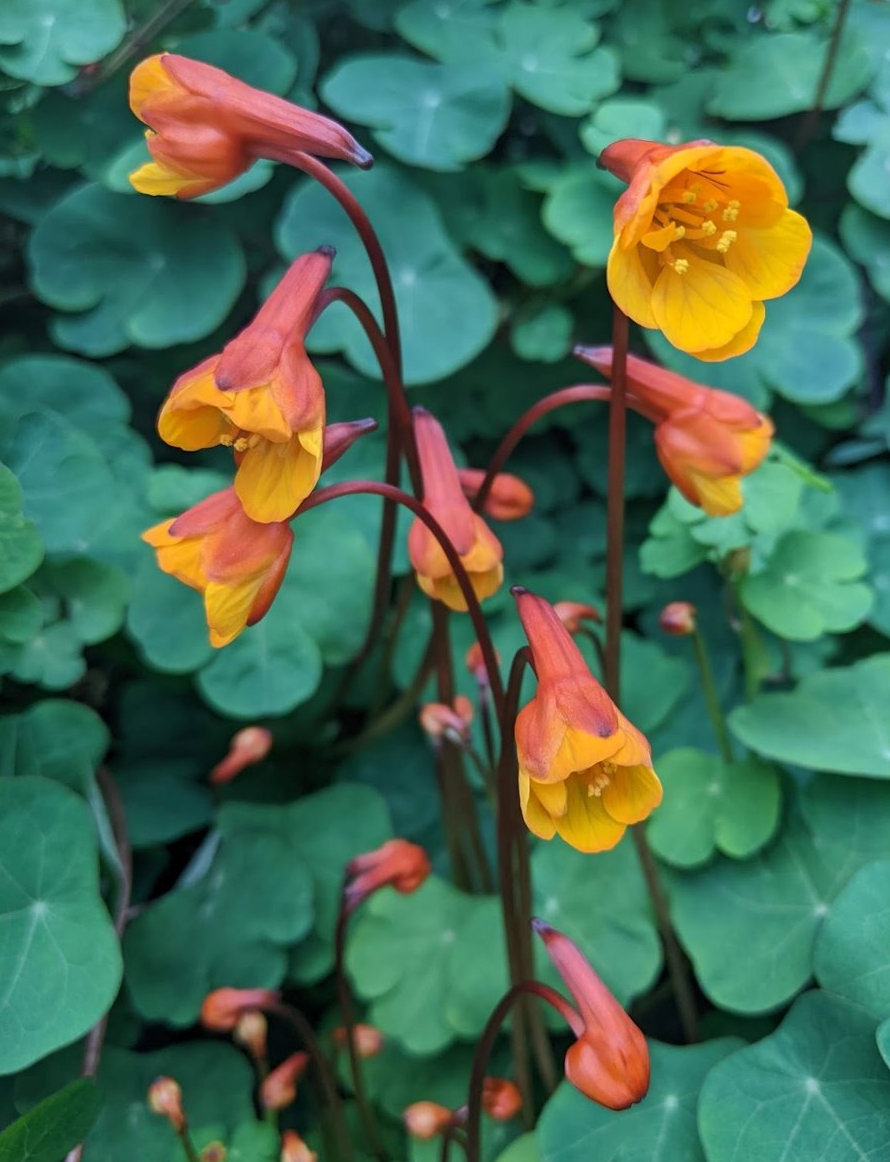Tuber Evolution Project

Numerous plant species reproduce asexually via modified organs such as tubers, storage roots, corms, and bulbs. Tubers, derived from true stems, serve as storage organs enabling survival during winter months and/or prolonged periods of abiotic stress, a mechanism for perennialism, and a means to bypass sexual reproduction. Major tuber crop species include potato, yam, oca, mashua, and ulluco. The trait of tuber production has evolved multiple times throughout the history of angiosperms across taxa separated by ~130 million years of evolution. An integrative approach with comparative genomics, systems biology, and phenotypic measurements of tuber development will provide valuable insights into the molecular and developmental mechanisms of tuber development and how tubers evolved multiple times.
Project Participants
- C. Robin Buell, PhD, University of Georgia
- Patrick Edger, Michigan State University
Contact
Robin.Buell@uga.eduFunding
- This project is funded by
- NSF award number 1929982
